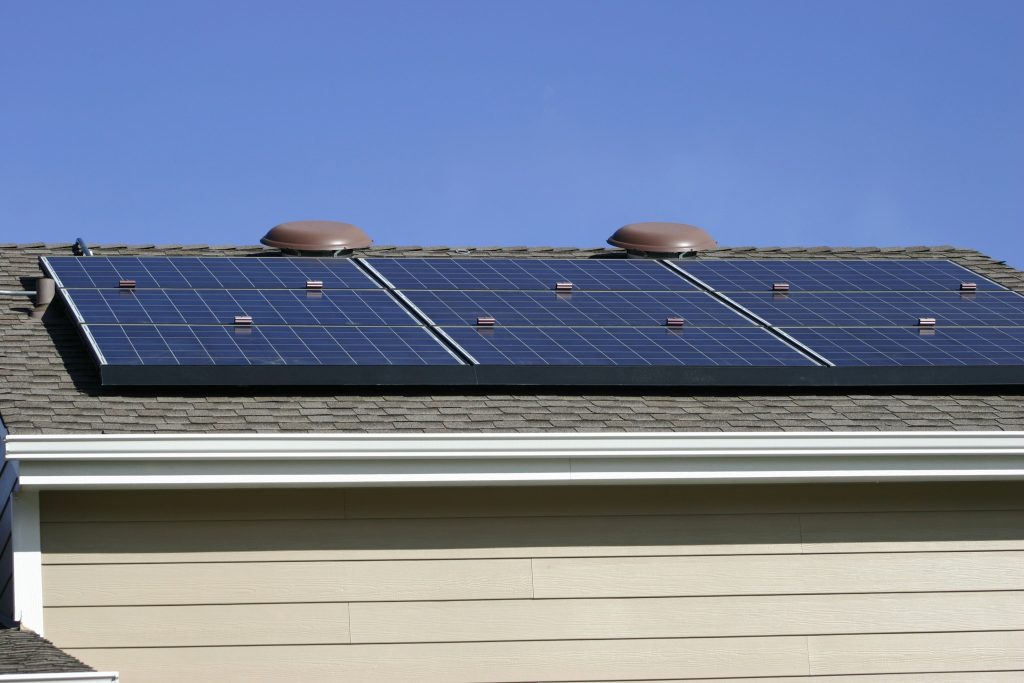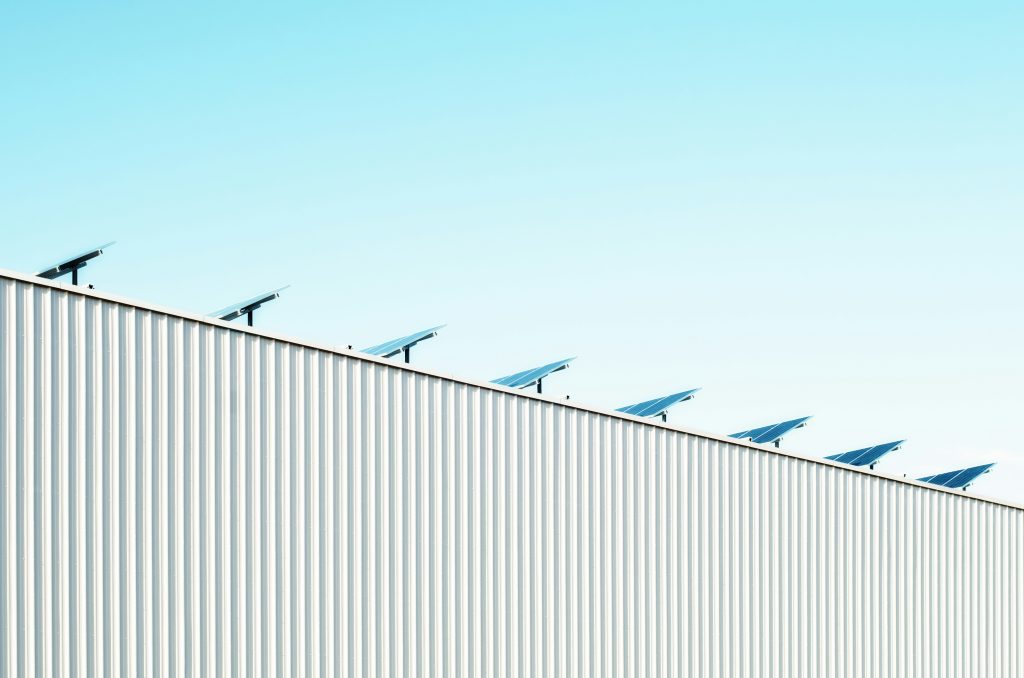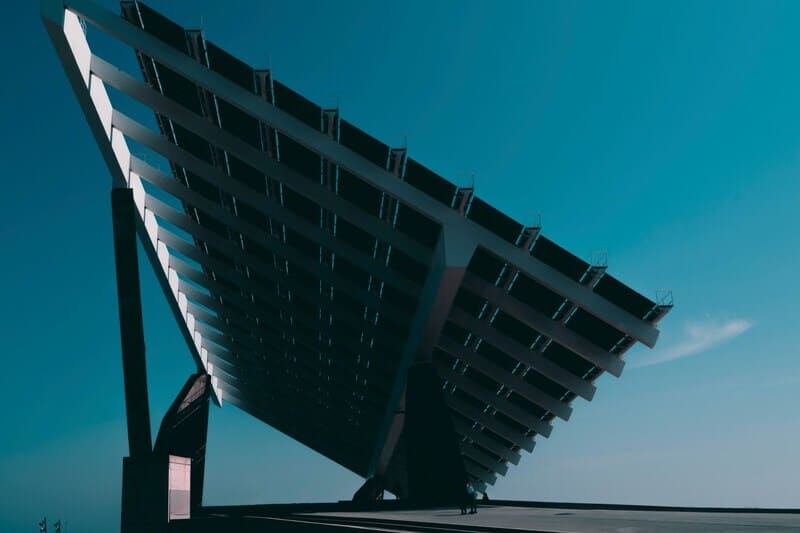Guide to Freight Shipping Solar Panels
New technologies allow the implementation of a sustainable and energy-efficiency approach for business. One of the ways how to save money and be energy-independent is by installing solar panels. Sometimes place for installing solar panels is far away from the logistically development network, so you need to pay attention to how to deliver the required equipment.
However, it is essential to note that transporting solar panels is a tedious task. They are heavy and delicate, which makes the process challenging. Therefore, solar panels require oversized shipping. Moreover, you need special packaging for the transport of solar panels that should protect the fragile cargo from damage. Whether you want a long-term investment or take advantage of incentives or other programs, there are many reasons why you want to switch to solar panels for your business or home. This article provides useful tips and insights to get the correct shipping for delicate solar panels.
What are solar panels?
Solar panels collect the sun’s energy and turn it into electricity. It’s a great option for business to cover their own needs and sell the excesses of electricity. When the business has required areas like roofs or land it’s a great opportunity to cover this by solar panels.
There are a lot of types of solar panels, which mostly differ from each other by efficiency. You can select from Monocrystalline (efficient, expensive), Polycrystalline (budget-friendly), and Thin-Film (versatile, shortest lifespan).
Did you know that an average roof can host enough panels to supply the building’s power needs?
How do solar panels work?
Solar panels are made of solar cells, that are produced from materials like phosphorus, boron, or silicon. These chemicals create energy through something that is called a photovoltaic effect. The phosphorus creates a negative charge, while boron creates a positive charge.
This allows photons to be absorbed by the sun, and then the energy is released by pulling the electrons into a directional current, which is used for electricity. You need an inverter to convert sun energy into electricity. Solar inverters ensure efficient energy conversion, grid integration, and safety compliance. Also, batteries are required to store the energy, because the electricity is converted in the day, so you need to charge your batteries to use electricity at night or on cloudy days.

How do you ship solar panels?
Solar panels are transported by freight shipping as one option, and you can check the conditions here https://migway.com/services/full-truckload/.
Other than truck freight shipping, the solar panels can also be transported by rail, sea, or air. The choice depends on the pickup location and destination. But don’t forget that the solar panels can use various transportation means to reach the final destination. For example, if they’re made in Taiwan, they can travel over the sea to the port and then via full truckload shipping to the warehouse. The large solar panels, like the ones used on solar farms, require oversight shipping. This can be challenging, so be sure to discuss it with your carrier partner or freight broker. On the other hand, the smaller panels intended for residential use can be easily transported by dry van. Also, don’t forget about packaging. Since the panels are delicate, they should be properly packaged to avoid damage during transport and transit.
How to pack solar panels for shipping
Depending on their dimensions, solar panels are packaged in boxes or crates that can be stacked either vertically or horizontally. Using cushion separators between the panels in the box is crucial to avoid any mechanical damage. Corner cushions will also help. When stacking the solar panels horizontally, be sure to use cushions or separators to avoid mechanical stress, which can cause micro-cracks. Next, the crater box is fixed to a shipping pallet. Shipping pallets come in different sizes, but you might be able to fit 30 panels in most cases. The pallet with solar panels will be wrapped and bonded for further safety.
How many solar panels fit in a full truckload?
Let’s calculate what number of solar panels can be transported via shipping container. Firstly, you need to know the dry van dimensions. Usually, it’s 53 feet in length and 8.5 feet in width, with 9 feet in height. The next step is to calculate the number of pallets. Its 26 standard-size pallets are placed in a standard dry van.

One pallet is 30 solar panels, as a result, full truckload van is available to transport 780 solar panels. If you need to transport less than that, you might need to go with less than a truckload of transportation. It is a feasible option to ship a few pallets.
What is the rate to ship solar panels?
Shipping costs are another important aspect to consider when transporting solar panels. Keep in mind that the final cost depends on the dimensions of the loads, the pickup location, the destination, and if additional services are needed. For example, if you want to move a couple of pallets of solar panels from a port in Long Beach into a warehouse at LAX, you will need to pay a few hundred dollars. But if you need a full truckload to move them from the warehouse to, let’s say, a construction site in Colorado, you will need a few thousand dollars more. Get a rate from a logistics partner to understand the final cost relevant to your situation.
Final take
Solar panels require special transport conditions because of their fragility and high cost. So, knowledge of the number of solar panels that can carried by a full truckload van allows you to select what type of service you need to order: full truckload or less-than-truckload.
Make sure to work with a trusted partner that takes good care of your solar panels.

